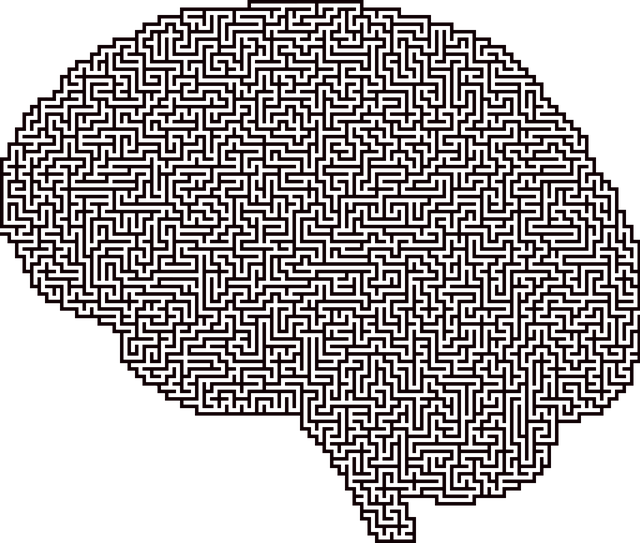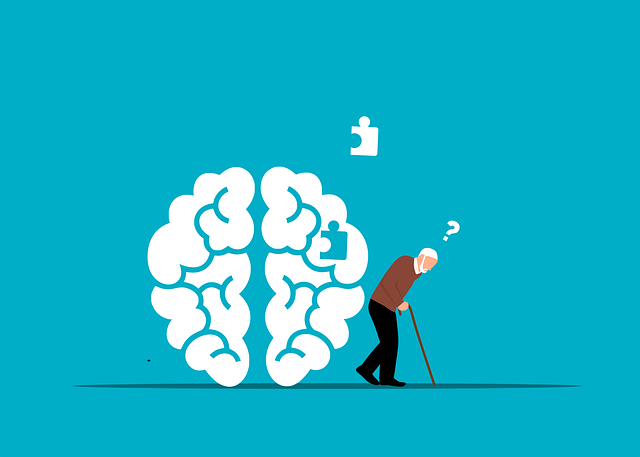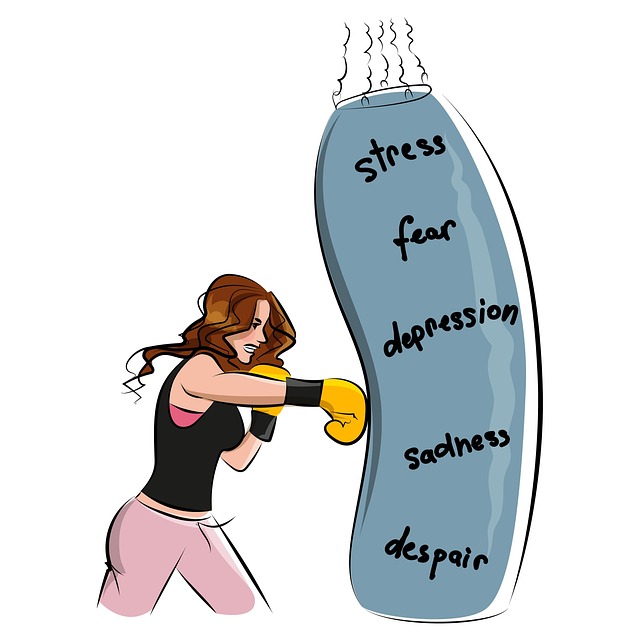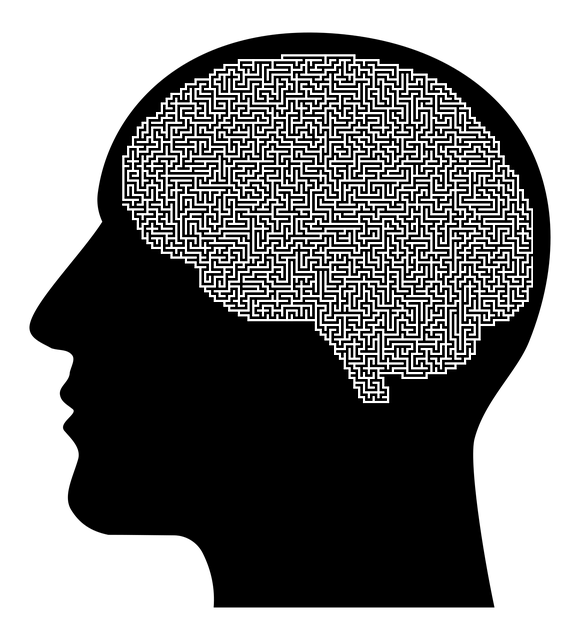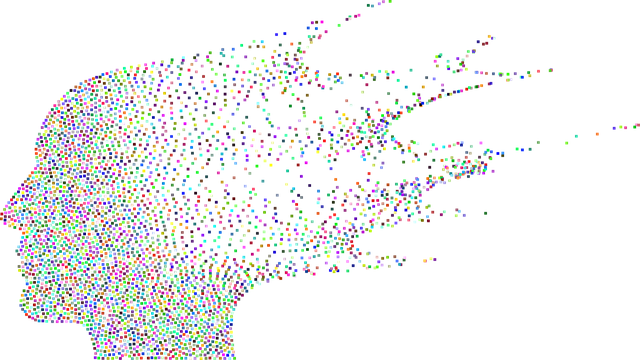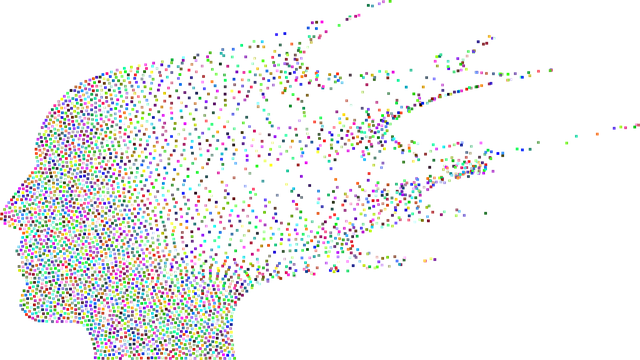Understanding the unique emotional and social challenges faced by adolescents, community outreach programs focusing on Golden Adolescent and Teen Therapy are crucial. These initiatives incorporate therapeutic interventions like mindfulness meditation, evidence-based risk assessment tools, and interactive workshops to address mental health, stress management, and social anxiety. By engaging teens through creative expression and fun activities, these programs foster emotional intelligence and resilience. Strategic planning, collaboration with schools and professionals, and regular evaluation ensure the effectiveness of Golden Adolescent and Teen Therapy, promoting overall well-being for both individuals and communities.
Community outreach programs play a pivotal role in addressing the unique needs of golden adolescent and teen communities. This article delves into three key aspects: understanding the specific challenges faced by this demographic, designing targeted therapy programs tailored to their needs, and implementing strategies for long-term positive change. By exploring these areas, we aim to empower professionals and stakeholders to facilitate effective Golden Adolescent and Teen Therapy and foster thriving youth communities.
- Understanding the Needs of Golden Adolescent and Teen Communities
- Designing Effective Outreach Programs for This Age Group
- Implementing and Sustaining Long-Term Positive Change
Understanding the Needs of Golden Adolescent and Teen Communities

Understanding the unique needs of Golden Adolescent and Teen Communities is a critical step in implementing successful community outreach programs. This demographic faces distinct challenges, often marked by heightened emotional volatility, peer pressure, and the growing influence of social media. These factors can significantly impact their mental well-being, leading to increased rates of anxiety, depression, and even self-harm.
Community outreach programs designed for this age group should prioritize therapeutic interventions like Golden Adolescent and Teen Therapy, which focuses on building inner strength through mindfulness meditation techniques. By integrating evidence-based practices, such as risk assessment tools for mental health professionals, these programs can effectively address emerging mental health issues. Equipping adolescents with coping strategies and fostering a sense of community resilience is key to breaking down barriers to mental health support and promoting overall well-being.
Designing Effective Outreach Programs for This Age Group

Designing effective outreach programs for adolescents and teens requires a deep understanding of their unique needs and challenges. This age group, often referred to as the ‘golden’ adolescent and teen therapy era, is characterized by rapid emotional and physical changes. Therefore, outreach initiatives should focus on engaging and empowering young individuals with tools for navigating these transitions smoothly. Incorporating interactive workshops, peer-led discussions, and creative expression outlets can foster open communication about mental health, emotional regulation, and burnout prevention—all vital components of comprehensive public awareness campaigns development.
Tailoring programs to address specific issues like stress management, social anxiety, and self-esteem concerns is essential. By promoting emotional intelligence and resilience at a young age, these initiatives can pave the way for healthier adult lives. Golden adolescent and teen therapy programs that integrate fun activities, such as art therapy or outdoor adventures, can make learning about mental well-being more accessible and appealing, thereby encouraging proactive participation in burnout prevention strategies.
Implementing and Sustaining Long-Term Positive Change

Implementing a successful community outreach program requires strategic planning and commitment to ensure long-term positive change. By integrating evidence-based practices like mindfulness meditation and focusing on at-risk adolescent and teen populations, organizations can foster sustainable growth. The key lies in collaboration with local schools, community centers, and mental health professionals to create comprehensive support systems. This collaborative approach facilitates early intervention, crucial for mitigating mental health issues before they escalate.
Regular evaluation and adaptation are vital to sustaining these programs. Conducting periodic risk assessments helps identify emerging challenges and ensures the effectiveness of interventions. By staying agile and responsive to community needs, organizations can maintain momentum and continue to drive positive outcomes. This long-term vision not only benefits individuals but also strengthens the social fabric, making communities more resilient and supportive for everyone.
Community outreach programs focused on Golden Adolescent and Teen Therapy can significantly impact the well-being of this age group. By understanding their unique needs, designing targeted initiatives, and implementing sustainable strategies, positive change can be fostered. These efforts not only address immediate concerns but also build resilience and promote healthy development for a brighter future. Through collaborative approaches, communities can empower adolescents to thrive and become integral contributors to society.

